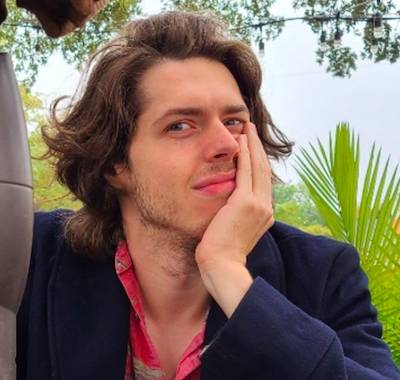From Indie Darling to Action Hero: Katy O’Brian on Her Leap from “Love Lies Bleeding” to “Mission: Impossible – The Final Reckoning”
If there’s a performer well-suited for the world of Mission: Impossible, it’s Katy O’Brian. The films are wildly ambitious technical endeavors – hugely physical and highly creative. Those are just a few of the characteristics that define O’Brian’s work, both on and off screen. On screen, she’s appeared in a galaxy far, far away in the world of Star Wars (The Mandalorian), mixed it up with superheroes in the Marvel Cinematic Universe (Ant-Man and the Wasp Quantumania), and chased tornadoes in the most recent Twisters. Imbuing her performances is a work ethic honed in bodybuilding and martial arts.
Last year, she gave a powerhouse performance in Love Lies Bleeding – both richly cinematic and personal. Now, in Mission: Impossible – Final Reckoning, she plays Kodiak, one of the colorful supporting characters helping Ethan Hunt (Tom Cruise, of course) save the world from nuclear destruction. It’s a role O’Brian couldn’t disclose much about during our interview, but one she worked closely with Cruise and director Christopher McQuarrie in shaping.
Recently, O’Brian spoke with The Credits about earning a role in what is possibly the final installment (for now, at least) in the Mission: Impossible franchise and making the stories she wants to tell.
When you’re reading a Mission: Impossible script, what are you looking for?
[Laughs] Script? That’s funny. By the time I was about to fly out, I asked, “Hey, can I know anything about my character?” And McQ [writer/director Christopher McQuarrie] is like, “We’ll work on it when you get here.” They’re focused on making the words that come out of your mouth authentic to you as a person and authentic to you as a character. They want to hear how you’re saying things, and how you move, act, and work before they even mold the words for you. What I loved about that was that Tom and McQ were there. It was intimate. Tom doesn’t have someone reading lines other than himself, and for the biggest movie star in the world, that’s incredible. He was so passionate, not just for his performance, but with every single person’s performance.
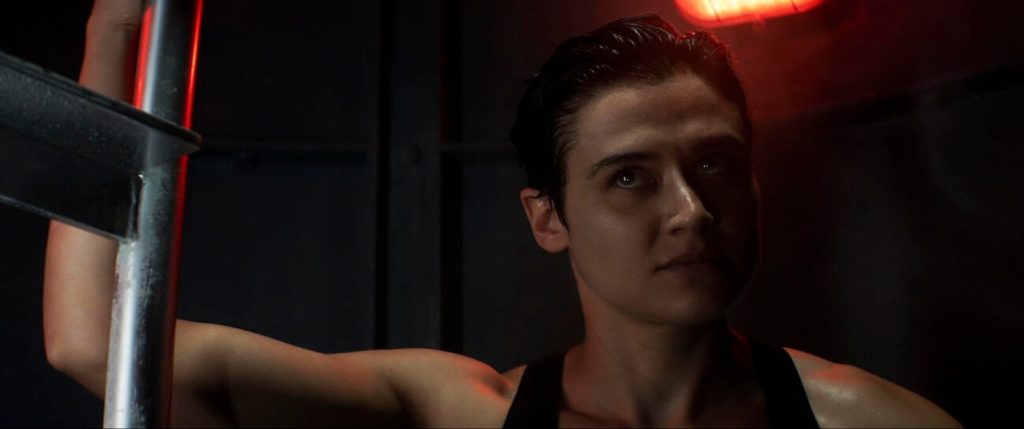
Being on a Mission: Impossible set, how deep do you dive into the technical side of making one of these movies?
They want you to understand the lens they’re using. They want you to understand why they’re doing a scene a certain way and having you be more static than you’re used to. This is going to be an acting style based on the lens. They encouraged us to ask the crew questions if we weren’t working. Like, “Hey, can you explain the lighting setup?” They want you to understand how the entire team works, how the entire set works. They break it down: “This is this set, this is how we built it this way, this is why we built it this way. This is the effort that it took and the reason it’s unique.”
What did you appreciate most about the practical sets and stunts?
They’re trying to do as much as they can practically. Also, as an artist, appreciating the creativity and effort that goes into finding out how to do something on a grand scale practically is incredible. It shows a great appreciation for human beings and artists.
How does your life as a martial artist inspire you when you’re working on a Mission: Impossible or other projects?
It’s such a stress reliever. It’s also a way to keep the brain going outside of memorizing lines and everything like that. Jiu-jitsu, for instance – it’s such a fun game of chess. Muay Thai is physically exhausting, but also, there’s strategy and constantly remembering techniques. It’s mostly a way to relax, because I don’t often get to use it on screen, which has been such a bummer. I’m actively looking to do that now while I still have a functioning body. My shoulder’s already giving out, so I’m trying to take these 31 years of martial arts and put them on the screen. But there are so few action movies centered around fighting that allow for a woman lead that aren’t sci-fi, horror, or fantasy. I’m trying to find a grounded action or action-comedy that’s not all guns and explosions. It’s something I’ve discussed on sets with Tom and Glenn [Powell], just brainstorming, “What is a world where you see this being possible?”
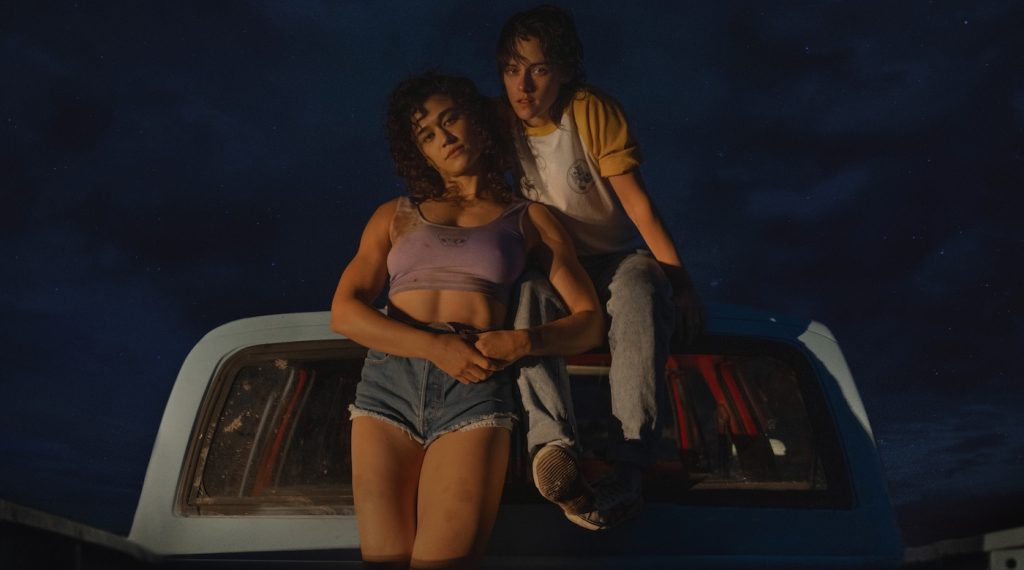
You’re writing more these days. Are you looking to create those roles and projects for yourself?
I’m in this weird, slow time in the business, where everyone’s almost afraid to pull the trigger with productions. I’m taking this as a time to pretend that I’m back in school. I’ve got my Japanese book to try to learn a little Japanese, and then I’ve got a book on fitness that I’m downloading because I’m working on a little project. I’m doing all that on the side, trying my own stuff. Once I finally put social media down for a while and stopped constantly doom-scrolling, I became so much more productive. My brain is functioning normally again, and the creative flow is coming. It’s been great because I overcame the hurdle of perfecting the first draft. Now I’m just doing this complete vomit draft of the story I want to tell.
Arnold [Schwarzenegger] has great acting advice about treating lines and projects like bodybuilding and reps. In terms of discipline, do you feel similarly about your approach to acting?
If you don’t train, then you don’t get better. An athlete can definitely understand that. One of my first big gigs was a series regular on this silly zombie show. The auditions were 14 pages long. They kept making me do it over and over again. I finally asked the showrunner, “Why did you book me for the job?” He’s like, “I saw in your résumé: black belt, and that says discipline. I saw bodybuilding competitor, and that says significant discipline. Those are necessary for someone who’s going to have to come in every day, know their lines, know their role, and be able to handle the stress. That gives, even on the production end, people more confidence that someone will be able to handle it.”
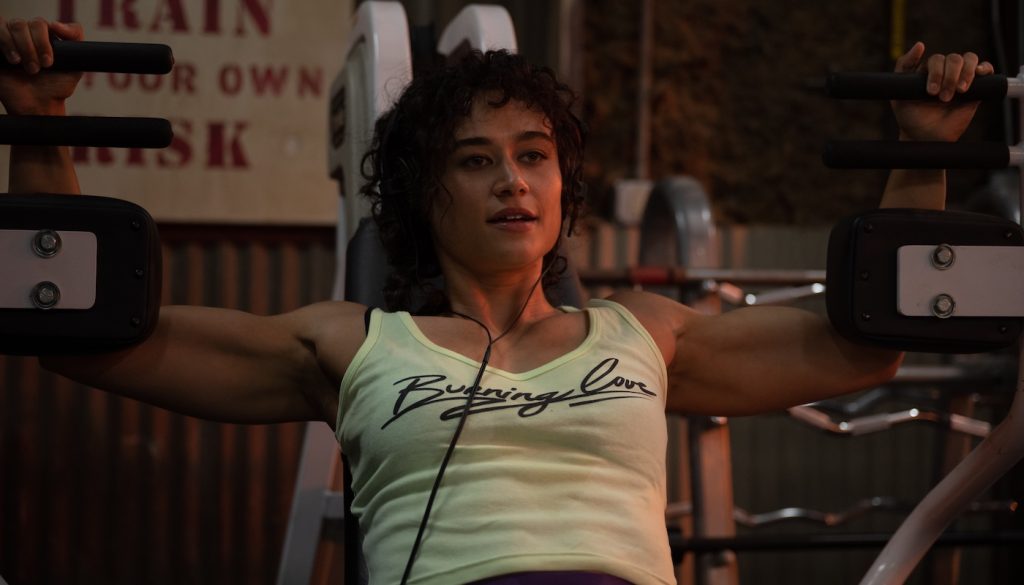
In addition to the work ethic, understanding the countless nuances of an art form is also important, right?
Bodybuilding is an art – you’re sculpting your body, seeing what you need to improve, and fine-tuning sometimes really small things. The same with martial arts – it’s very technical. It’s called martial arts. There’s beauty and craft to it. You’re constantly redefining and understanding the technique. A lot of that is introspection and seeing, “What am I failing at? What do I need to improve?” and having the self-awareness to focus on that improvement. It’s crazy how many actors are like, “I’m not booking anymore, I’ve hit a plateau,” and don’t change anything. They don’t say, “Maybe I need to go back to class and learn how to breathe,” or “I need to learn how to move and take a movement technique, like an Alexander Technique,” or “I need to work on breaking down a scene better.”
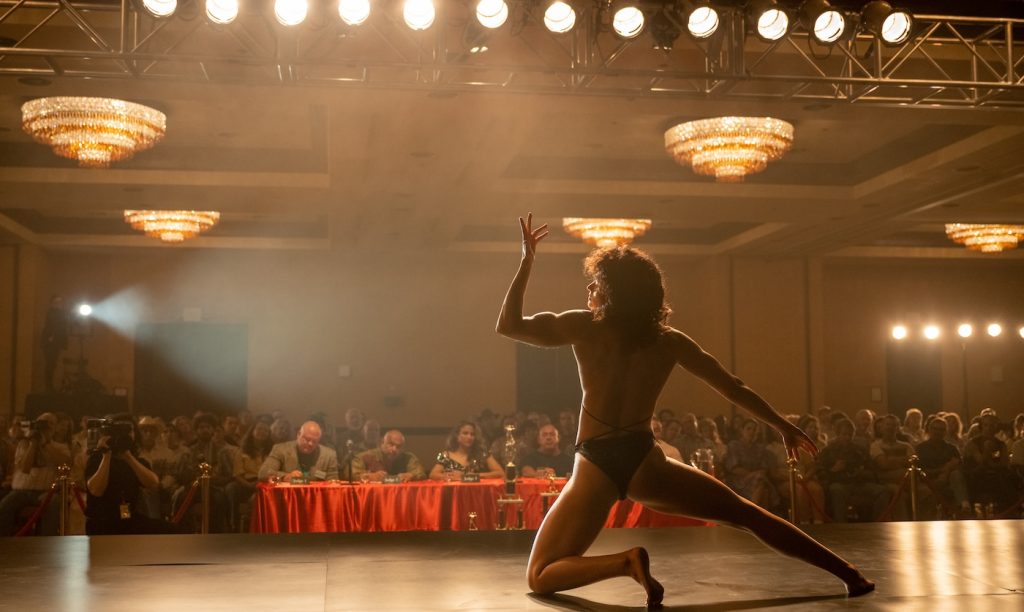
Even when you’re not working, you are working.
[Acting coach] Larry Moss says in his book and chats with him too: you have to treat it as a full-time job. You should read multiple plays a month and memorize a monologue here and there. Then, when you get one in real life for a scene, you should pick it up quickly and know what memorization techniques work for you.
You worked with Larry Moss on Love Lies Bleeding. The emotions in that movie are so visceral and, as you’ve stated, provided you with new opportunities as a performer. What about that script or part of your life helped you perform at that level?
I was frustrated because for the longest time, I didn’t think anybody was willing to give me those challenges. It’s easy to get pigeonholed into a genre as an actor – especially as a queer actor. Or women in general. Even when I read the script breakdown, I was like, “That’s me – queer woman, bodybuilder from the Midwest. I don’t know any other actors matching the description.” I’ve often been overlooked for roles because of my body, so I thought, “This is a great opportunity to put it on screen in the way I want to show it.” There’s nothing embarrassing or weird to me about having a muscular physique on a woman.
It’s such an intense film.
When I read the script and saw how deep and complicated the relationships were – they weren’t just cookie-cutter, perfect, or morally superior – it was exactly what I’d been craving and hungering Knowing that it would be with Rose [Glass], something intimate with a female lens, I was like, “This is going to be such an amazing project. It’s going to challenge me. It’s the role that I need to take in order to take that next step and have people be able to trust me in bigger projects.”
Featured image: Katy O’Brian. Credit: Anna Kooris

